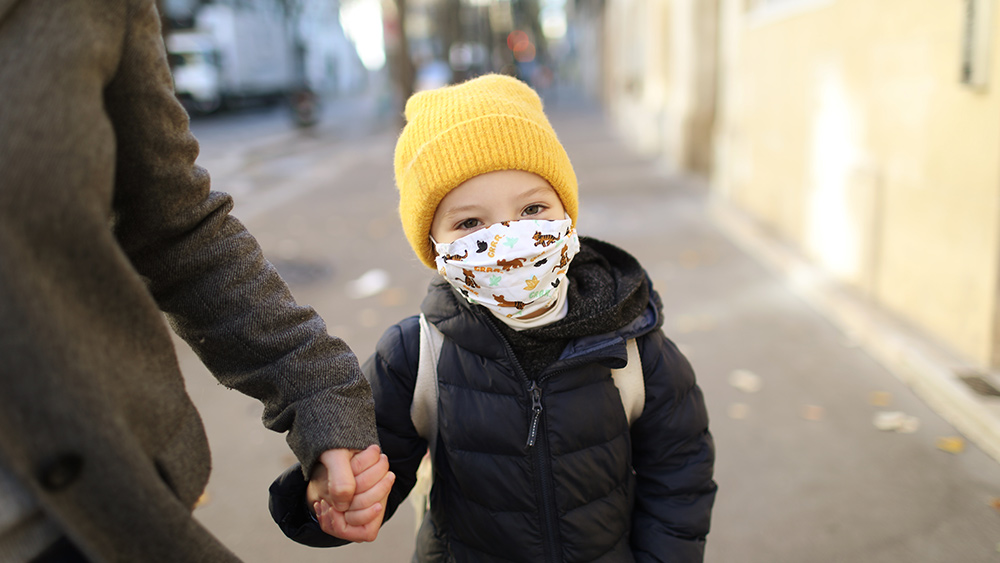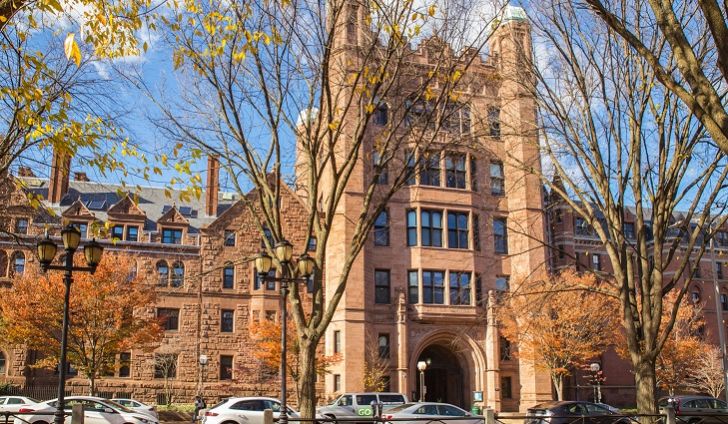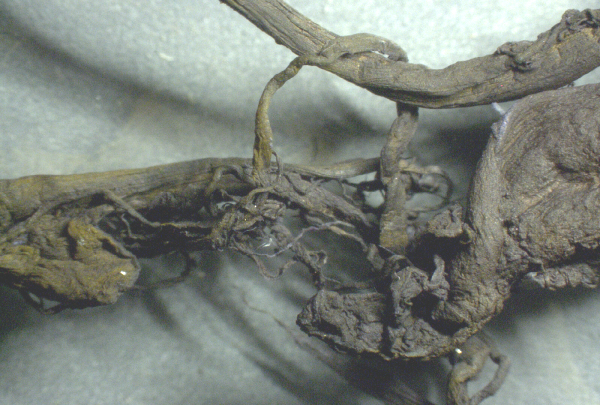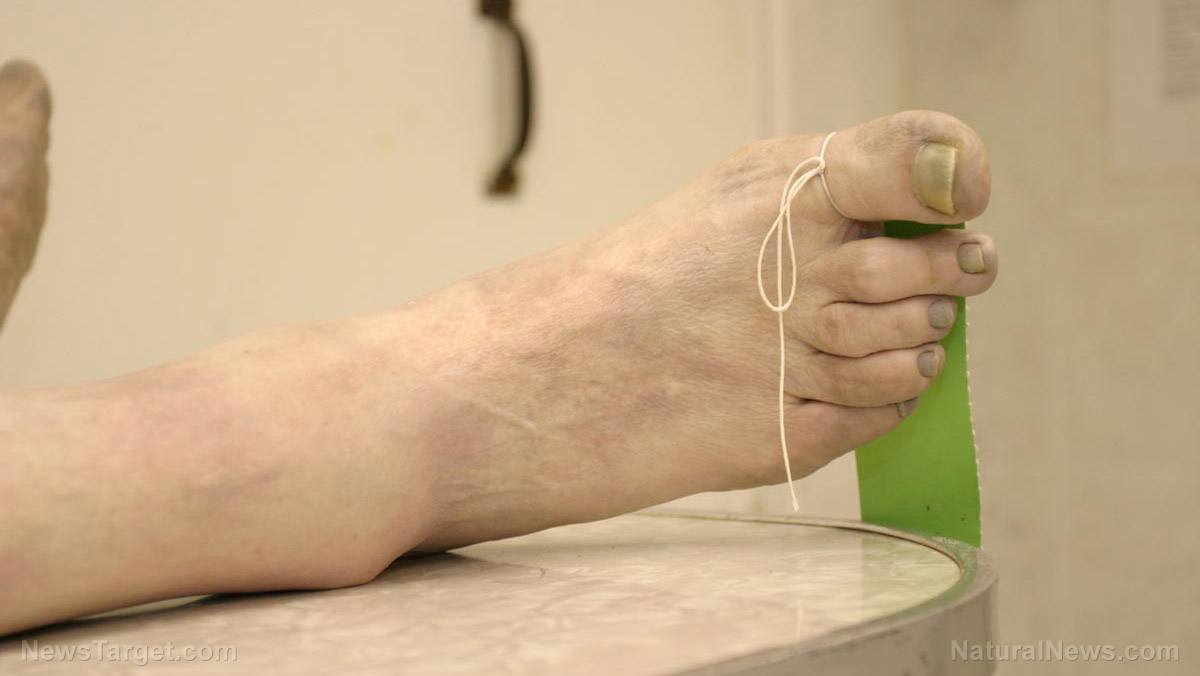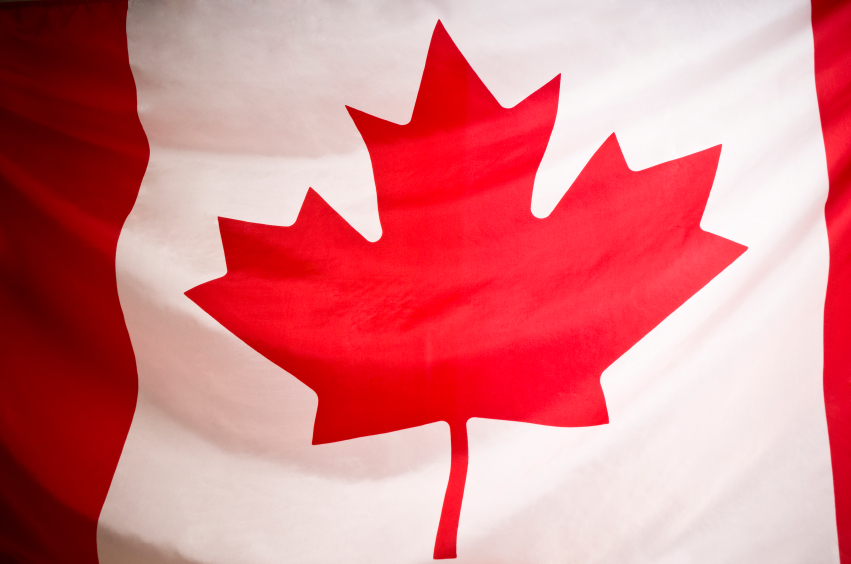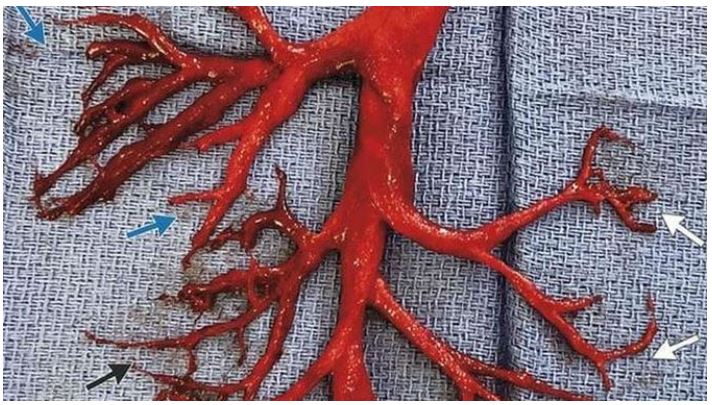China reimposes COVID restrictions just days after reopening its biggest cities
06/17/2022 / By Mary Villareal

China decided to reimpose Wuhan coronavirus (COVID-19) restrictions just weeks after reopening key cities, with officials increasing testing capacities and unveiling new lockdown measures.
Officials stated that the threshold for unwinding curbs is zero community cases for seven consecutive days. This did not happen so citizens are again put under strict lockdowns.
These are far stricter standards compared to the rest of the world, but China’s peak was 25,000 to 30,000 cases in April – a tiny number for a large country with over one billion people.
In contrast, the U.S. saw a peak of nearly a million cases per day in early 2022, averaging over a hundred thousand per day with no restrictions in the country. France is still seeing 20,000 cases daily while embracing the tourist boom.
On Monday, June 13, Beijing reported 45 new local cases of COVID-19 after having single-digit cases on most days last week. City officials believe this was linked to a popular bar in Beijing’s Chaoyang district. Following the rise in infections, a three-day mass COVID-19 testing drive began on Monday and all 65 cases discovered so far were linked to the specific bar cluster.
There have also been 37 cases reported in Shanghai on the same day, including five that were detected in the community.
Because of the sudden increase in cases, authorities have delayed the reopening of most schools in Beijing, which was originally planned for Monday. Meanwhile, most districts in Shanghai suspended dine-in services at restaurants.
The number of new infections steadily increased, with a total of 143 cases reported nationwide in China. This was a cause of concern as daily cases has already dropped below 100 last month for the first time since early March. (Related: New Zealand transforms into a tyrannical regime in pursuit of “COVID Zero.“)
Outbreaks emerge as Beijing and Shanghai ease measures
Outbreaks re-emerged just days after Beijing and Shanghai eased measures that had been in place for months. China’s peak numbers were arguably low compared to its total population. However, in its zero-tolerance approach, the country became stuck in a cycle of disruptive shutdowns and openings that could lead to serious economic problems.
Because of the economic standstill caused by the lockdowns, many economists predict that the country will fail to meet its annual growth target for the year. The lockdowns have already affected global supply chains and impacted the operations of global giants with headquarters in China, including Sony Group Corp. and Tesla Inc. (Related: No end in sight for Shanghai COVID-19 lockdown as CCP keeps pushing failed “zero-COVID” strategy.)
Vice-Premier Sun Chunlan, who also serves as the nation’s top official for pandemic control, urged Beijing earlier to control the outbreak “as soon as possible,” adding that the city should create “good conditions” for the Party Congress scheduled later this year.
Citizens rush to stock up on necessities in case new lockdowns begin
Despite lifting its two-month lockdown only on June 1, Shanghai briefly shut down most of the city on June 11 to undertake mass testing. In fear of more positive cases, residents have earlier rushed to stock up on basic supplies because a positive case in a compound or area could mean they would be sealed into their homes again.
The worst outbreak to happen in Shanghai began in March due to lapses from a quarantine hotel that was then followed by more infections at another hotel in the same month. This led to the dismissal of a dozen officials from Xuhui district. Among those dismissed or reprimanded included a party secretary, the district chief, and two district vice governors.
China is unlikely to shift its zero-COVID approach any time soon as President Xi Jinping prepares for a Communist Party leadership reshuffle later in the year, where he’s expected to secure a record-breaking third term as president.
He has called on his government to adhere “unwaveringly ” to its virus strategy while striking a balance with the needs of the economy, including maintaining its social stability. However, China’s lockdowns could possibly bring the supply chain to the brink of collapse.
Despite the potential economic problems that could be a result of the strict lockdowns, Defense Minister Wei Fenhe praised China’s virus policy, saying that the country is one of the safest in the world with the lowest COVID-related death rate. In a speech, Wei called China’s COVID response a miracle, adding that its success is a major contribution to the fight against the pandemic.
Follow MedicalTyranny.com to learn more about China’s COVID-19 response plan.
Watch the video below to know more about China’s zero-COVID policy.
This video is from the Chinese taking down EVIL CCP channel on Brighteon.com
More related stories:
Sources include:
Submit a correction >>
Tagged Under:
This article may contain statements that reflect the opinion of the author
RECENT NEWS & ARTICLES
BadMedicine.News is a fact-based public education website published by BadMedicine News Features, LLC.
All content copyright © 2019 by BadMedicine News Features, LLC.
Contact Us with Tips or Corrections
All trademarks, registered trademarks and servicemarks mentioned on this site are the property of their respective owners.

